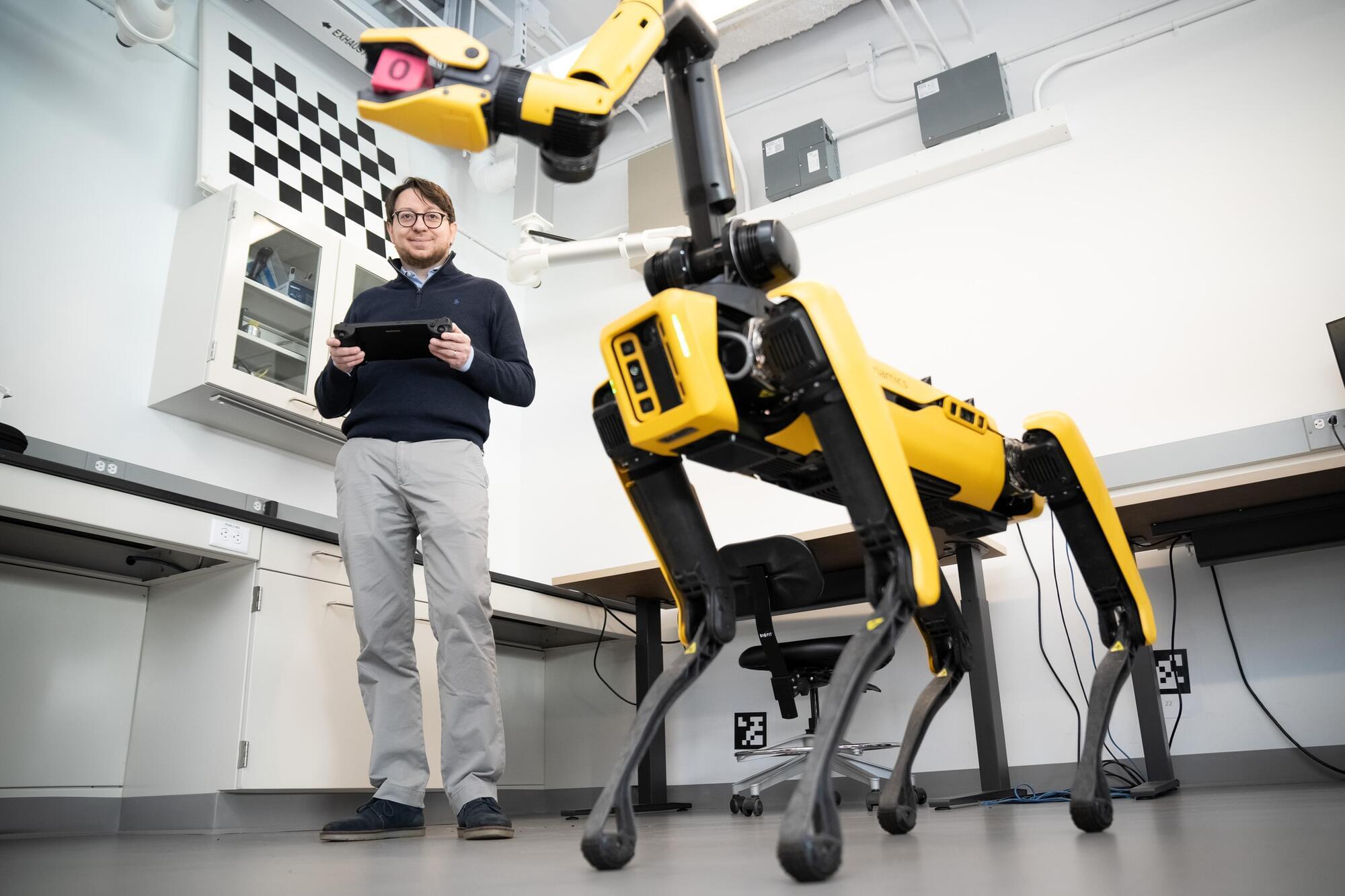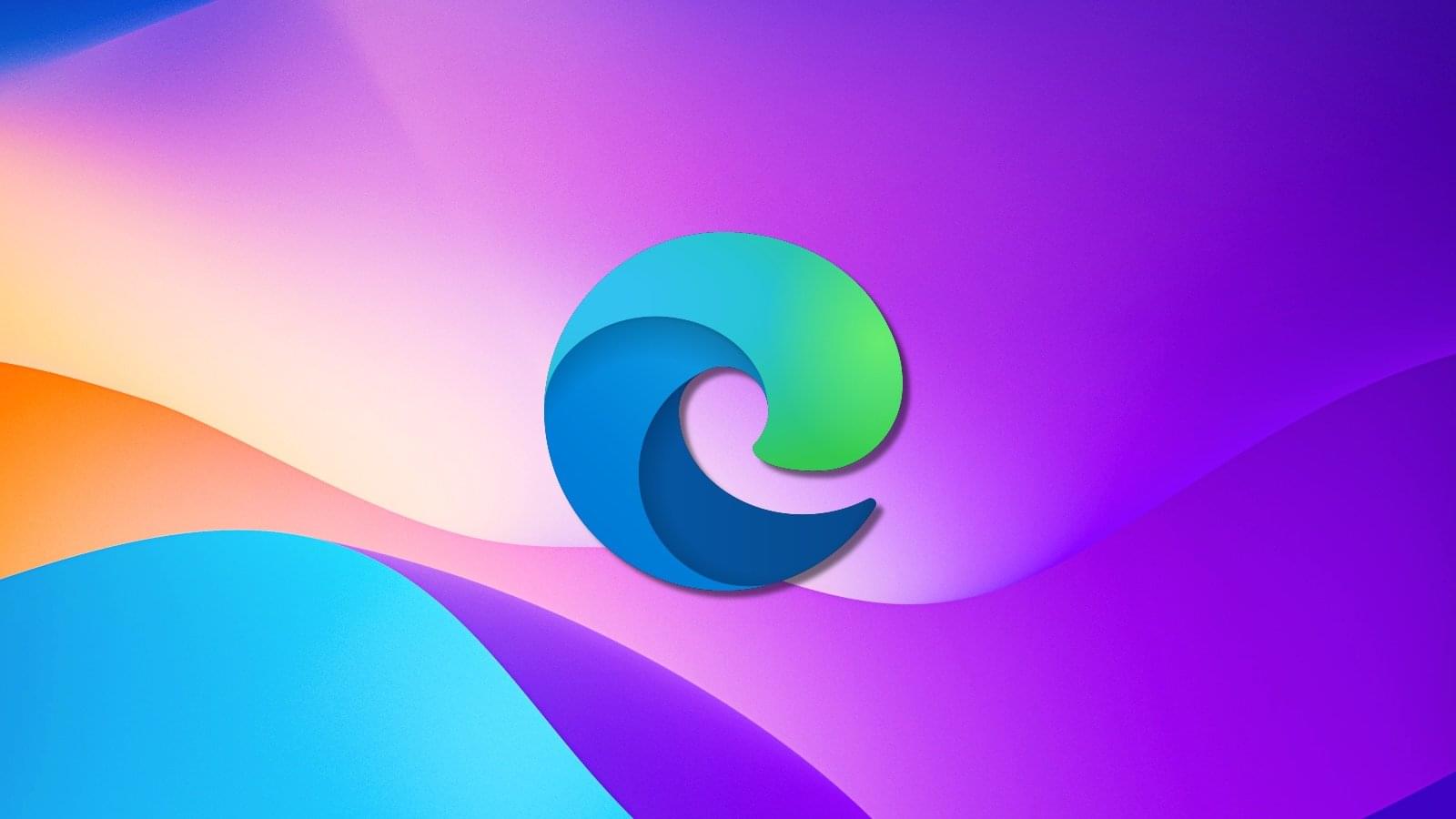DeepSeek is technically better than ChatGPT if you look at some obscure AI benchmarks. But most users won’t care; the models can do the same things.



The arrival of a previously little-known Chinese tech company has attracted global attention as it sent shockwaves through Wall Street with a new AI chatbot. What is Deepseek? Sky’s Nicole Johnston and Tom Clarke explain.
#deepseek #skynews #ai.
SUBSCRIBE to our YouTube channel for more videos: / skynews.
Follow us on Twitter: / skynews.
Like us on Facebook: / skynews.
Follow us on Instagram: / skynews.
Follow us on TikTok: / skynews.
For more content go to http://news.sky.com and download our apps: Apple https://itunes.apple.com/gb/app/sky-n… https://play.google.com/store/apps/de… Sky News Daily podcast is available for free here: https://podfollow.com/skynewsdaily/ Sky News videos are now available in Spanish here/Los video de Sky News están disponibles en español aquí: / @skynewsespanol To enquire about licensing Sky News content, you can find more information here: https://news.sky.com/info/library-sales.
Sky News Daily podcast is available for free here: https://podfollow.com/skynewsdaily/
Sky News videos are now available in Spanish here/Los video de Sky News están disponibles en español aquí: / @skynewsespanol.

Quantum researchers from CSIRO, Australia’s national science agency, have demonstrated the potential for quantum computing to significantly improve how we solve complex problems involving large datasets, highlighting the potential of using quantum in areas such as real-time traffic management, agricultural monitoring, health care, and energy optimization.
By leveraging the unique properties of quantum computing, like superposition and entanglement, researchers compressed and analyzed a large dataset with speed, accuracy, and efficiency that traditional computers cannot match.
The work is published in the journal Advanced Science.

Microsoft has started testing a new “scareware blocker” feature for the Edge web browser on Windows PCs, which uses machine learning (ML) to detect tech support scams.
Scareware scams (also known as tech support scams) have been a pervasive threat for years. The scammers use aggressive landing pages to persuade potential victims that their devices have been compromised with malware and then try to gain remote access to targets’ systems by pressuring them to call a fake tech support number.
Defender SmartScreen, which also protects Edge users from scams, activates after an abusive site is detected and added to its index of malicious web pages to safeguard users globally within minutes.

Today we’re announcing ChatGPT Gov, a new tailored version of ChatGPT designed to provide U.S. government agencies with an additional way to access OpenAI’s frontier models.
Agencies can deploy ChatGPT Gov in their own Microsoft Azure commercial cloud or Azure Government cloud on top of Microsoft’s Azure’s OpenAI (opens in a new window) Service. Self-hosting ChatGPT Gov enables agencies to more easily manage their own security, privacy, and compliance requirements, such as stringent cybersecurity frameworks (IL5, CJIS, ITAR, FedRAMP High). Additionally, we believe this infrastructure will expedite internal authorization of OpenAI’s tools for the handling of non-public sensitive data. Use of ChatGPT Gov is subject to our usage policies, like other OpenAI services.

Dr. Armour, in 1991, discovered that the heart has its “little brain” or “intrinsic cardiac nervous system.” This “heart brain” is composed of approximately 40,000 neurons that are alike neurons in the brain, meaning that the heart has its own nervous system. In addition, the heart communicates with the brain in many methods: neurologically, biochemically, biophysically, and energetically. The vagus nerve, which is 80% afferent, carries information from the heart and other internal organs to the brain. Signals from the “heart brain” redirect to the medulla, hypothalamus, thalamus, and amygdala and the cerebral cortex. Thus, the heart sends more signals to the brain than vice versa. Research has demonstrated that pain perception is modulated by neural pathways and methods targeting the heart such as vagus nerve stimulation and heart-rhythm coherence feedback techniques. The heart is not just a pump. It has its neural network or “little brain.” The methods targeting the heart modulate pain regions in the brain. These methods seem to modulate the key changes that occur in the brain regions and are involved in the cognitive and emotional factors of pain. Thus, the heart is probably a key moderator of pain.
Humanoid robots jam live with humans, blending tech and music.
Humanoid robots are stepping into the spotlight, performing live with human musicians, in an interesting study done by researchers.
The robotic band, which included Oscar, a Robotis-OP3 who played the keyboard, and Polaris, a humanoid who drummed, worked in perfect harmony with its human counterparts.
The project demonstrates how robots are revolutionizing entertainment by enabling synchronized performances that combine technology and creativity in a completely new way. It does this by utilizing cutting-edge technologies such as human-robot interaction and the Robot Operating System (ROS).

